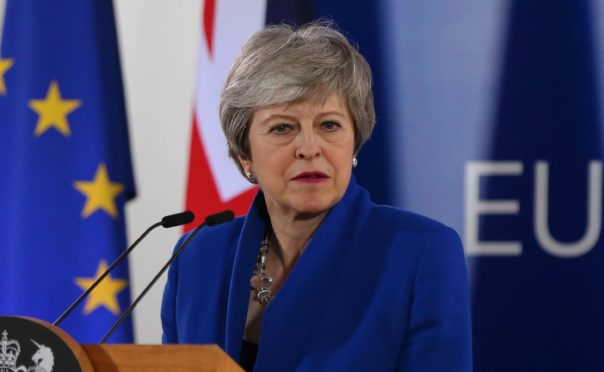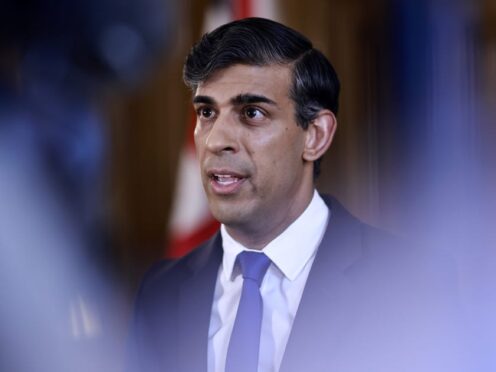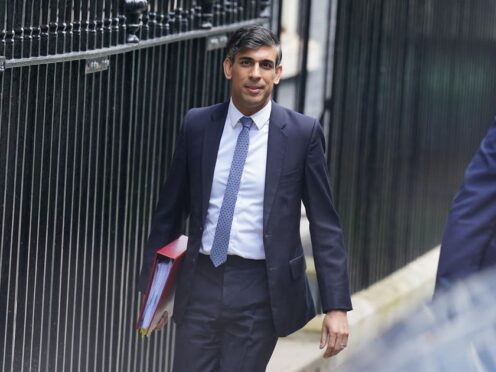Brexit talks between Labour and the Tories on a compromise deal will come to a close next week, it has been revealed.
A senior government source said the talks, which have been ongoing since early April, would be brought to a conclusion, whether or not they succeed, by the middle of next week.
Mrs May remains hopeful that Labour will agree a deal that would have the support of Parliament, enabling her to table the Withdrawal Agreement Bill – the piece of legislation needed to allow Britain to leave the EU with a deal.
De-facto deputy prime minister David Lidington told Cabinet that talks on Monday were “serious and constructive”.
And Theresa May’s official spokesman said: “Further talks will now be scheduled in order to bring the process toward a conclusion.
“Cabinet also discussed the need to secure safe passage of the Withdrawal Agreement Bill as soon as possible in order to deliver upon the result of the referendum.”
But if no agreement with Labour is reached the government “will have to go in another direction” a Westminster source said.
One option Mrs May is thought to be considering will be to hold a series of “indicative votes” in Parliament to find out which alternative would have the most support.
The revelation came as senior Labour figures gathered for a five hour meeting of the national executive committee to decide the party’s European parliamentary elections manifesto.
Large numbers of Labour MPs and candidates and leaders of major unions had been calling for Jeremy Corbyn to back a referendum on any Brexit deal.
The Labour pro-Europeans, led by the deputy leader Tom Watson, failed in their bid to get the party to firm-up its commitment to a second referendum on Brexit.
A Labour source said: “The NEC agreed the manifesto which will be fully in line with Labour’s existing policy – to support Labour’s alternative plan and, if we can’t get the necessary changes to the Government’s deal, or a general election, to back the option of a public vote.”










